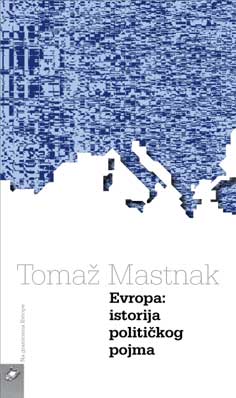
We kindly inform you that, as long as the subject affiliation of our 300.000+ articles is in progress, you might get unsufficient or no results on your third level or second level search. In this case, please broaden your search criteria.

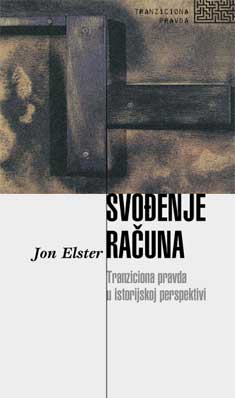
This book offers an analysis of transitional justice - retribution and reparation after a change of political regime - from Athens in the fifth century BC to the present
More...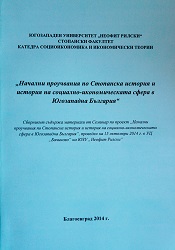
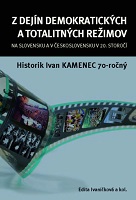
Obdobie od vypuknutia Povstania do pádu Banskej Bystrice v tomto príspevku nevystupuje ako objekt bádania o ozbrojenom konflikte, ale ako chronologický úsek, v ktorom sa odohral prípad eskalácie spoločenského konfliktu do ozbrojenej zrážky s bohatým mediálnym pokrytím. Sledovať budem výlučne vývoj v oblasti tlačovej propagandy, pochádzajúcej z otvorených domácich zdrojov (odmietajúcich odboj). K základným ideálom režimovej ideológie vojnového slovenského štátu patrila „jednotnosť“. Jedným z prvoradých cieľov propagandy z tejto strany bolo preto poukazovanie na prirodzenú rôznorodosť názorov v tábore protivníka, pričom táto „nejednotnosť“ bola prezentovaná ako jedna z najodradzujúcejších vlastností. Na vlastnej strane pritom režim predstieral stav absolútnej myšlienkovej jednoty. Presvedčivosti tohto propagandistického odkazu napomáhalo päť rokov glajchšaltovania prejavov verejnej mienky s využitím všetkých dostupných ideologických, technických aj represívnych možností totalitného politického režimu. K prezentovanému ideálu jednoty však bolo v reálnom živote ďaleko. Zjednodušene možno povedať, že už aj jednotnosť ducha samotnej režimovej propagandy narúšali dva faktory: fakticky prítomná rôznorodosť názorov jej zadávateľov, a to minimálne v prípadoch najrozličnejších čiastkových otázok a záujmov, a radikálne zmeny reálnej situácie, ktorým sa obsah propagandistických odkazov musel operatívne prispôsobovať.
More...
Roku 1983 som obhájil na Filozofickej fakulte UK diplomovú prácu na tému K otázke účasti inteligencie v slovenskom sociálnodemokratickom hnutí v rokoch 1890 – 1918. Jej úlohou bolo zmapovať všetky roviny kontaktov, spolupráce a vnímania oboch skúmaných subjektov – sociálnych demokratov a vtedajšej intelektuálnej elity. Využil som pomerne veľký „neobsadený“ priestor, ktorý mi charakterom svojich prác „poskytli“ historici ako Miloš Gosiorovský, Pavol Hapák, Ladislav Tajták a ďalší. V prácach, napísaných do roku 1989, sa totiž zamerali predovšetkým na konkrétne vnútorné predpoklady a etapy vývoja slovenského robotníckeho hnutia a najmä na jeho ideový medzinárodný kontext. Navyše výskum robotníckeho hnutia do roku 1918 si zámerne vyžadoval dostatočne kritický prístup, keďže naň v medzivojnovom období organicky nadviazala sociálnodemokratická línia robotníckeho hnutia, pričom dôraz sa jednostranne kládol najmä na marxistickú, resp. komunistickú líniu. Ani otázka inteligencie nepatrila k populárnym témam a do popredia sa vyzdvihovali iné, podstatne dôležitejšie sociálne vrstvy.
More...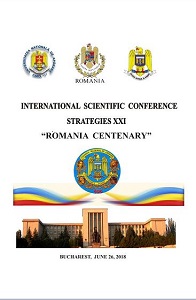
The paper emphasizes that Great Romania is formed as a result of several unions.Present in the union acts that led to the Great Union, the unionist spirit meant people's will to become a well-defined and powerful nation, the feeling that the right time had come that the dissolution of the Habsburg Empire is the occasion of the affirmation of national unity. All centripetal movements are considered that led to the unification of the romanians in one state.
More...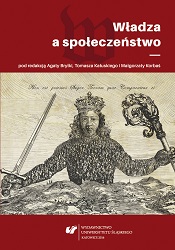
Starting from the analyses by Saunders associated with the potential of post-colonial figure of ‘zombie’ (live-dead / dead-alive), the article presents the argument in support of the usefulness of that figure in politics analyses concerning contemporary and discussed issues associated with it (related to, e.g., representation, significance of political divisions, etc.). This figure, in conjunction with the the role of the individual and social impotence as a characteristic of the (post) modern condition, allows going beyond - according to the presented arguments – the appearance/pretence of political and social discrepancy, which makes the de facto politics impossible, despite the fact that it maintains its management attributes.
More...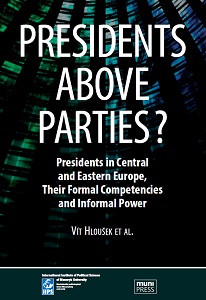
In June 2011, Latvia’s Parliament (Saeima) elected the fourth state president since the renewal of independence in 1991 and the seventh in its history: Andris Bērziņš. A wealthy retired banker who had been elected to Parliament in the 2010 election on the Green-Farmers Union ticket,he was an unexpected, last-minute candidate, nominated just a week or so before the vote. His personal affairs, as well as his political philosophy, were utterly unknown to the wider public.
More...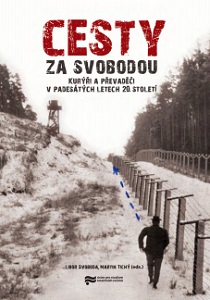
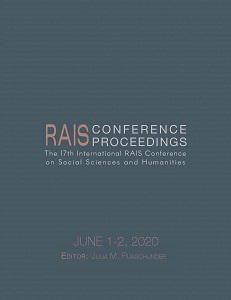
Washington D.C, has been, as the capital of the United States, at the center of world politics and global progressive reforms initiatives, thing which can make it very difficult to believe that there are still rights that are denied to citizen residents of the area. This issue has been visited and revisited many times, however, recently a statehood bill has been passed in the House of Representatives that has revived the movement that for so long sought to see it become a reality. To understand the possible solutions to the case at hand, research must be conducted of the origins and the original intent of the capital district.
More...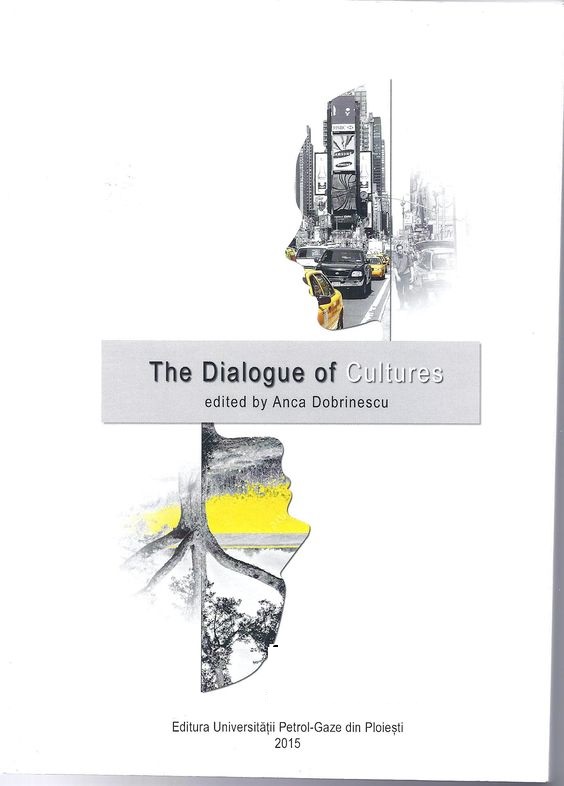
A historian of political ideas used to interpret the words of political communities, pictures shown by them, and their gestures as political acts. During the interpretation, the switch between the analyses of the former three is often problematic. Interpretation of the words causes the fewest problems, and we have methods for the interpretation of pictures from the history of arts. In the intellectual history, the Cambridge school had offered a method for taking “the text in context”, using the term of “writing act” in the historical analysis, based on the philosophies of “speech acts.” Deep researches of the Cambridge school have re-established the authority and role of rhetoric in political philosophy, at least in its historical concern. “Pictorial turn” has offered the term of “pictorial speech act” for the theory and history of the religious and secularised fine arts. However, the terms of “writing act” and “pictorial act” are relatively new tools for the intellectual history, and their usage is abundant in theoretical problems; the real trouble has emerged, when the picture starts moving, or the talking person makes gestures. At first we think the cause of the trouble that of the authors of our written sources; later we understand that it is in our own point of view; finally, we recognise that the theories of the history of philosophy about the relationship between the picture and word are useless for our aims. The solution is hidden in a theory of gestures, developed independently from the theories of pictures, and languages. I have met this problem at first in my researches concerning English classics. In the present lecture I will show early modern instances from the history of religion and political ideas, with an analysis of the parallel reasoning by words, pictures and gestures in historical situations of early modernity.
More...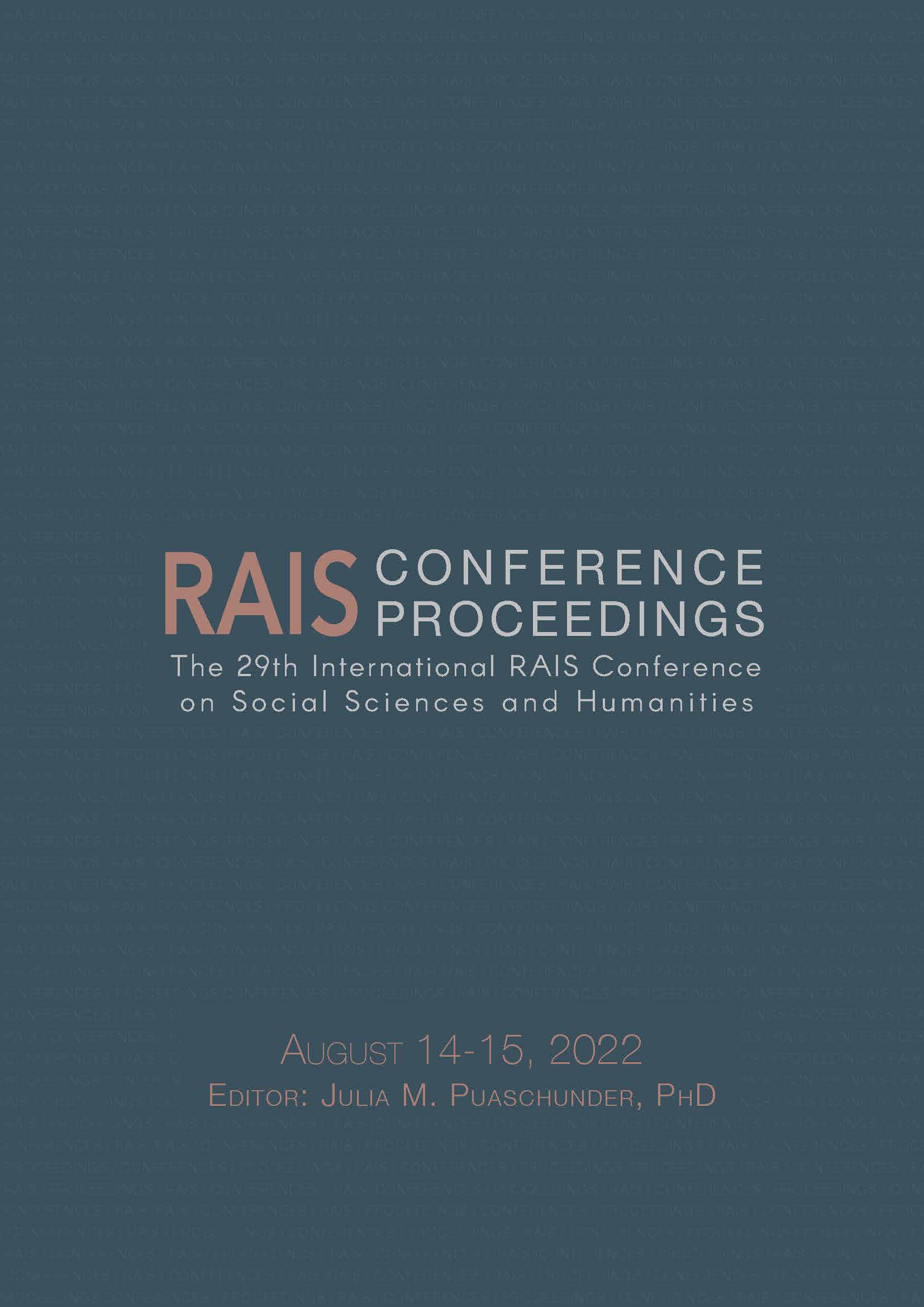
Just like the history of any other field of activity, the history of law in general and Romanian law, in particular, has undeniable importance in the study of legal sciences as a whole. In the stated context, the history of Romanian law is a historical, legal but also philological discipline with the aim of reconstructing, in general terms, the theoretical aspect and practical applications of legal institutions throughout history, as they were thought and applied by the ancestors of ours in the historical environment in which they lived. Expression of the feudal arrangement in the geographical space of Transylvania, the right belonging to the voivodship established under conditions similar to those that determined the appearance of the Wallachia and Moldavia, continues to be at the foundation of the political organization of the Romanians in the principality of Transylvania.
More...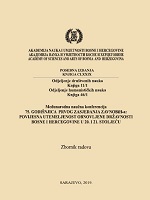
The constant changes and a permanent search for solutions that should have made the Yugoslav state sustainable are characteristic for the entire socialist period of its existence. The radical transformation of Yugoslavia was initiated in the 1960s, and the goal was democratization and decentralization whereby, among other things, the sovereignty and statehood of the republics should be strengthened. The reform orientation of the Yugoslav leadership reflected significantly on Bosnia and Herzegovina and the activity of the republican leadership. During the 1960s several parallel processes took place in the Republic. The reform implied internal consolidation and integration of the Republic, but concurrently strengthening its position as an equal republic in Yugoslavia. The strong intervention of revolutionary-progressive current in the leadership for vivifying these goals was accompanied by intensified rhetoric on the revolutionary heritage of the National Liberation Struggle (orig. abbrev. NOB) as the fundaments of Bosnia and Herzegovina. The essential values of the National Anti-Fascist Council of the People’s Liberation of Bosnia and Herzegovina (orig. abbrev. ZAVNOBIH) have been rediscovered. The principles of ZAVNOBIH have been becoming the connective tissue of the Bosnian-Herzegovinian society in the 1960s. After 1965, the rejuvenated leadership initiated multi-year debates on numerous open, material and non-material, issues that burdened and significantly slowed down the socio-economic progress of Bosnia and Herzegovina. Under the strong influence of events in the Federation, Bosnia and Herzegovina studiously approached the issues of the position of Croats, the status of Muslims, but also the undoubtedly presented unitarist tendencies. On the other hand, the leadership has been stepping out more openly with the ascertainment concerning the federal centre’s neglect of the Republic and the insensitivity of other republics. No less significant, the republican leadership systematically approached the defining of the necessary platform, as well as the concrete realization of numerous projects that contributed to its inauguration as a unique entity, an equal and prosperous Republic that relies on its own strengths and capabilities. Some authors mark the end of the 1960s as the beginning of the golden era of Bosnia and Herzegovina and the perennial development of all segments of society that has been promising the common man a lot. However, this progress was in close bond and dependency on the broader Yugoslav context which would reveal at the beginning of the 1970s that the fears of losing the common interest and the disintegration of Yugoslavia were not groundless.
More...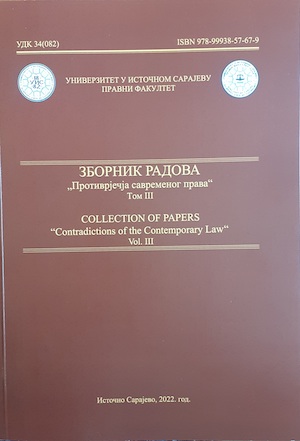
Communal life in Sardinia is not part of local tradition - it was transplanted from abroad. In order to be able to understand concept and essence of transplantation of communal institutions in Sardinia we need to analyze from a scientific perspective legal status of Sardinia's local communities (among which Sassari) which developed before the Communes. These were "Bidas" from the period of Giudicati. The aim of the paper is to compare typically Sardinian status and Communes which were transplanted from northern Italy by identifying similarities and differences between them. One similarity concerns the pattern used - both Bidas and Communes can be related in its form to ancient Mediterranean city - Geek polis and Roman urbs civitas. This institution reached its full maturity in republican - imperial municipium. Major difference between Bidas and Communes concerns their relationship with feudal institution - in Sardinian's Bidas that relationship was non-existent, whereas in Italian and European Communes feudal institutions had dominant position. Particularly important example of Sardinian Communal experience is Free Commune of Sassari whose history (albeit short, somewhat less than half a century from 1272 to 1323) falls into late phase of otherwise long (five centuries) Giudicati period.
More...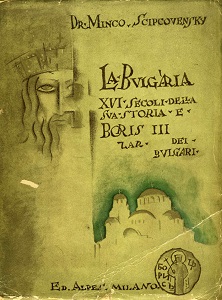

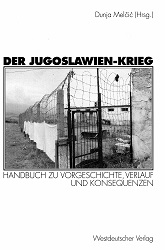
2.1. From the early days to the Reformation 2.2. Aftermath of the Reformation 2.3. Modernization and integrative processes 2.4. In the first Yugoslav state 2.5. The Second World War and the communist dictatorship 2.6. Decentralization and national antagonisms 2.7. On the way to independence
More...
3.1. Middle Ages and early modern times 3.2. The epoch of centralist reforms 3.3. Beginning of national integration 3.4. The Austro-Hungarian Compromise and its Consequences 3.5. The pre-war period and the First World War 3.6. Croatian historiography and politics in the 20th century
More...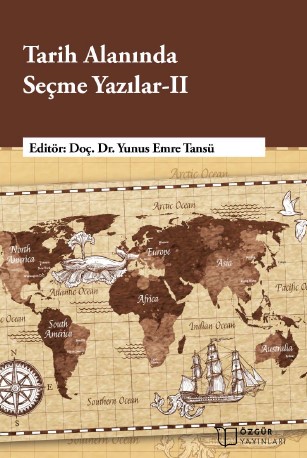
Gazi Mustafa Kemal Paşa'ya 14 Haziran 1926 tarihinde tertip edilmesi planlanan suikastın Giritli Şevki'nin ihbarı sonrası ortaya çıkmasıyla, Gazi, İzmir'e olan seyahatini tehir etmiş bu esnada İzmir polisi tutuklamalara ve olayı derinlemesine soruşturmaya başlamıştır.Bu soruşturma sonucunda olayın siyasi bağlantıları ortaya çıkarılmış, İstanbul ve Ankara'da TPCF üyeleri ile birlikte Milli Mücadelenin kazanılmasında büyük rol oynamış paşalar da sorgulanmak üzere tutuklanmıştır. İstiklal Mahkemesi üyeleri yargılamaları başlatmak üzere İzmir'e hareket etmişlerdir. 27 Haziran'da başlayan İzmir Suikastı davası 13 Temmuz 1926 tarihinde sona ermiş, idama mahkum edilen 15 sanığın infazı 13 Temmuz'u 14 Temmuz'a bağlayan gece gerçekleştirilmiştir. İzmir suikastı davası tamamlandıktan sonra bazı sanıkların dava dosyası Ankara İstiklal Mahkemesine taşınmıştır.İttihatçılar davası olarak da bilinen davada suç nedeni artık suikastı planlamak veya suikaste iştirak değil rejimi devirmeye yönelik bir siyasal girişim olarak tanımlanmıştır. Çalışmamızda her iki dava ile ilgili olarak tarihsel sürecin nasıl ilerlediği genel bir çerçevede aktarılmış, Amerikalı diplomatların davanın seyri ve mahkemenin çalışma usulü hakkındaki görüşlerine ayrıntılı bir şekilde yer verilmiştir. Konuyla ilgili kaynaklarda öncelikli olarak Amerikan ulusal arşivlerindeki belgeler incelenmiş, diplomatların olayları ve süreci nasıl yorumladıkları belge analizi yapılarak açıklanmaya çalışılmıştır. Bunun yanı sıra Cumhurbaşkanlığı Cumhuriyet arşivindeki ilgili belgeler, çalıştığımız konuyla ilgili ulusal gazete haberleri, tarihsel sürece tanıklık eden kişilerin anıları ve çalışmamız esnasında İngiliz Ulusal Arşivi’ndeki (The National Archives) Dışişleri Bakanlığı (Foreign Office – F.O.) belgelerinde yer alan konuyla ilgili önemli gördüğümüz bazı açıklamalar ele alınmıştır.
More...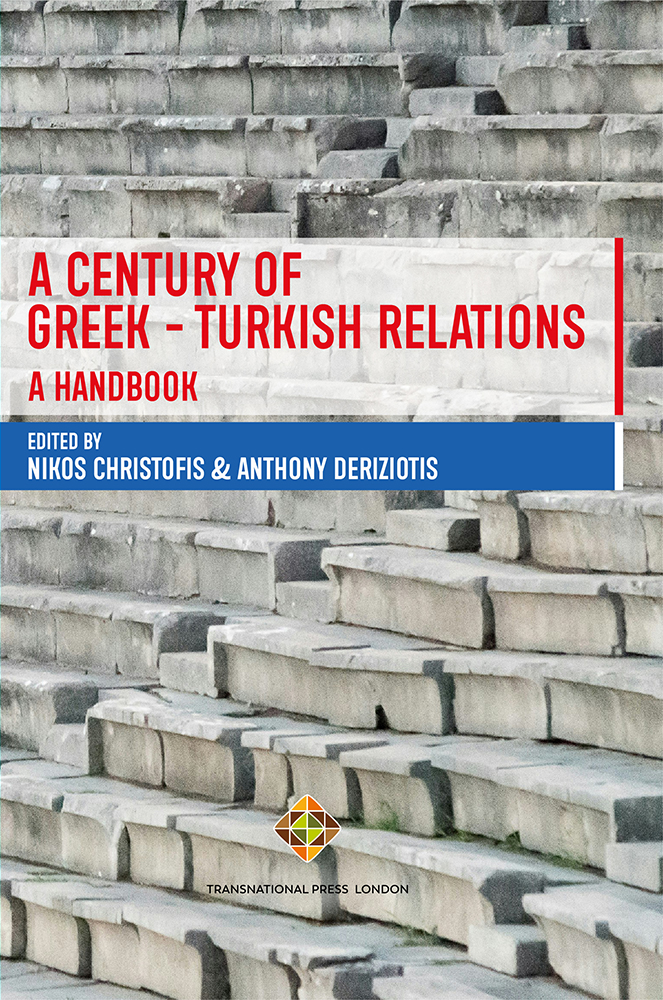
The long-standing tension between the two North Atlantic Treaty Organization (NATO) allies, Greece and Turkey, and their recurrent spats has often made them the subject of Western diplomatic and political attention. There are three external actors, the United States, NATO and the EU which have been particularly interested in Greek-Turkish relations and the security situation in the eastern Mediterranean. Of these three parties NATO has had the least significant role to play, while between the United States and the EU the former has the longer period of involvement in this part of the world and today continues to play a major, though arguably, less committed role. This paper examines the overall US response to the turbulence between its two allies since the 1950s by placing it within the larger context of US foreign policy.
More...